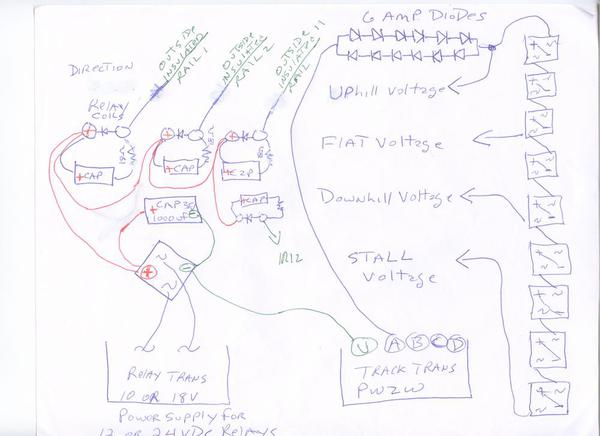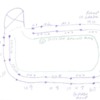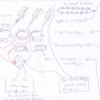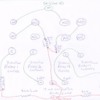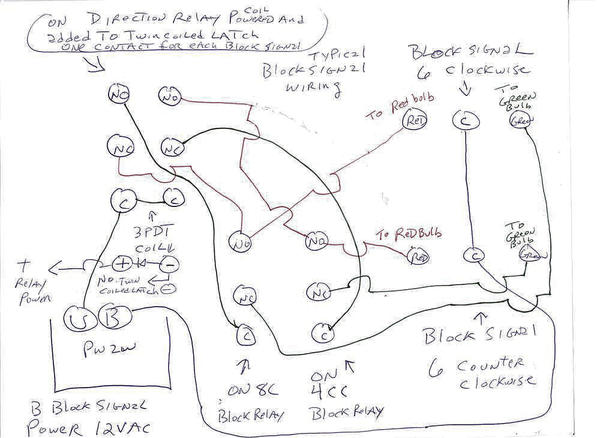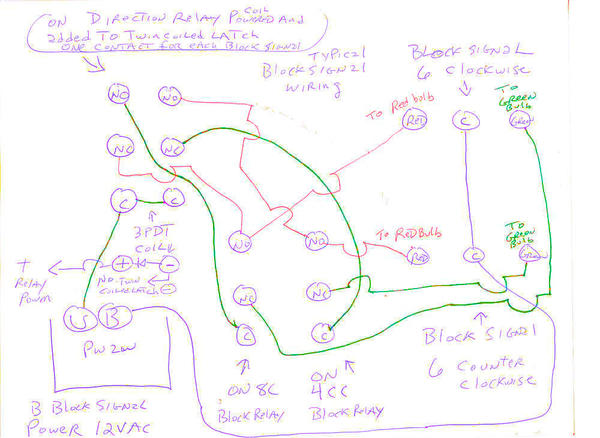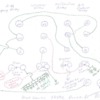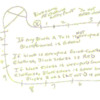I do want to add auto signal light control
(Fine,no problem just more relays)
In terms of whistle control, is this to allow control from the transformer or separately?
(Separately,either by operator pushing a button or automatically at a crossing.Automatic is explained in previous links)
I see the need for an override of the system for pure manual operation
(Simple,just a switch to the relay power to some or all of the relays. If all relays are off,all blocks have power)
I see the risk of the operator accidentally sending two trains from the opposite ends of the loop on a collision course but adding further complexity to the circuits to somehow prevent isn't worth it. Assume the operator knows trains can only go one direction or the other, and the key focus is preventing one train from over taking another, especially if it is behind some mountain or wall. If you want to take a crack at it, fine but I worry about spending a few months wiring this thing (but I am excited to try!!!)
(Opposite direction collision avoidance could possibly be done automatically,it depends on what is in the upper left separate section. Probably not needed. The block signals will indicate which way the section is going and indicate that to the operator. The block system will prevent 2 trains colliding in the same direction automatically. Again I am only addressing the section from the 2 entry points. I will later post a diagram the contacts on the 20 relays to prevent collision.)
BTW the first diagram is just an example of number of blocks. I drew 10 center blocks and 12 insulated outside rails, but this is arbitrary to give an example of how the system would work,hopefully. Your layout may have more or less blocks,depending on how it works out. The minimum lengths have been described previously.
If you have not purchased your GGs track,I would recommend you order it with 3 shiny tin plated rails rails. I think you can still order it this way from GGs. For what you are doing it would be best to solder block connections to the rail. You can solder to the black rail,but it is much easier to solder a wire to a tin plated rail. Plan everything before laying track as far as insulated rails. They are harder to make when the track is laid. Run all wires to barrier strips for easy connections. COLOR CODE YOUR WIRING,or you will go insane like me. If you go to an electrical section at Walmart or Lowes,you can buy rolls of colored tape. Wrap these around every so often as color tracers to identify wire. The cheapest wire to use is cut up extension cords,you can color code with the tape as mentioned. There are brown,white and green indoor, and 100 foot outdoor type. These are all 16 gauge wire. They can be doubled or tripled to make heavier gauges.2 #16s makes a #13 for example. A cheap ground buss can be made out of Romex house wire. GGs offers plastic pins now, for between insulated sections,they didn't when I used their track long ago. I recommend them,they keep the track aligned. I am using K-Line Shadow rail on the layout I am building. Will post later.
Dale H

















